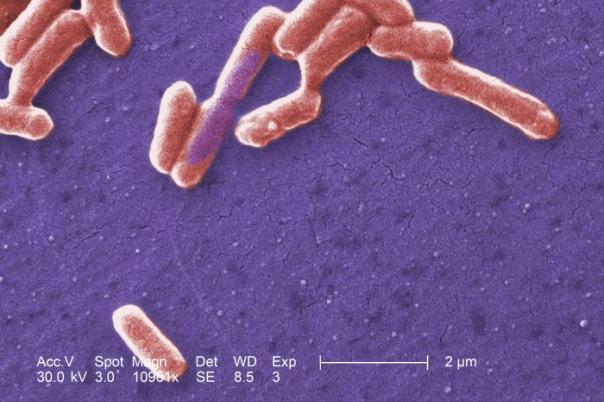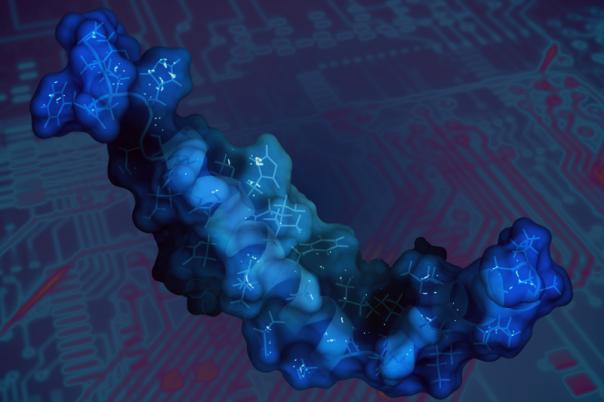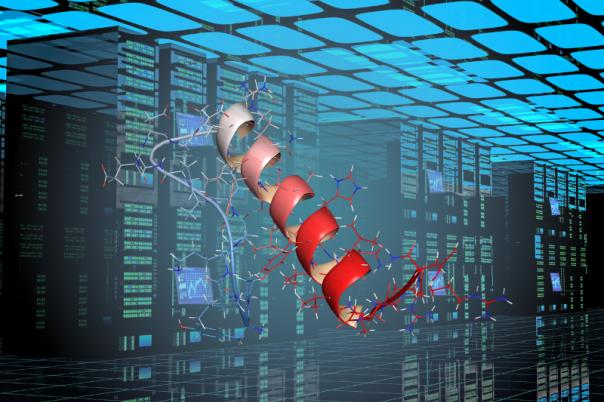There is a clear direction toward a greener and more sustainable future in the realm of solid phase peptide synthesis (SPPS). Many scientists across the globe are experiencing the trials and tribulations of coming up with alternatives to DMF (dimethylformamide).
Lorenzo Pacini, a PhD Student at the University of Florence, presented his latest work on the eco-friendly optimisation of peptide synthesis with binary solvents. He tackled three key areas: optimising critical parameters for SPPS, green solvent alternatives to DMF, and the synthesis of GLP-1 agonists.
Factors such as temperature, reaction time, resin choice, and reagents must be considered when synthesising peptides. Pacini collaborated with Gyros Protein Technologies and used their PurePep Chorus to investigate the aforementioned parameters of coupling reactions.
DMF has a high boiling point and low viscosity. Furthermore, its polarity offers a suitable compromise for enhancing the rate of Fmoc deprotection and formation of the amide bond. Despite being the gold standard solvent for SPPS, DMF was banned at the end of 2023 due to its flammable and toxic properties.
Building on his knowledge of DMF, Pacini began to look into alternative solvents with the potential to solubilise SPPS reagents that have a boiling point of over 100˚C, a viscosity under 4mPa and a resin swelling capability over 4ml per gram. It is argued that a standalone solvent cannot match the capabilities of DMF, but binary solvents could fill this gap.
So, Pacini mixed a more polar solvent with a less polar solvent. He selected DMSO as the more polar one. For the less polar solvent, he experimented with cyclopentanone, butyl acetate, propyl acetate, 3-methoxy propionitrile, and anisole. He uncovered that by varying the composition of binary mixtures, he could solubilise Fmoc amino acids.
In certain scenarios, using the green mixtures was even better than DMF, especially at a temperature of 90˚C: “The performance of butyl acetate and propyl acetate mixture with the DMSO are even better than DMF and at 90°C there was a dramatic reduction in terms of synthesis duration.” To dig deeper into the performance of the binary mixture, Pacini conducted a complex synthesis of a 72-mer from the SARS-Cov-2 spike protein. Results showed that a mixture of butyl acetate and DMSO achieved comparable or better purity than DMF.
Liraglutide is a GLP-1 receptor agonist used to treat type 2 diabetes and obesity. The green synthesis of liraglutide conducted with the butyl acetate and DMSO mixture achieved a purity of around 80% – 84% without the use of HPLC. Overall, Pacini achieved successful optimisation of binary mixtures comparable with DMF performances at high temperatures.





